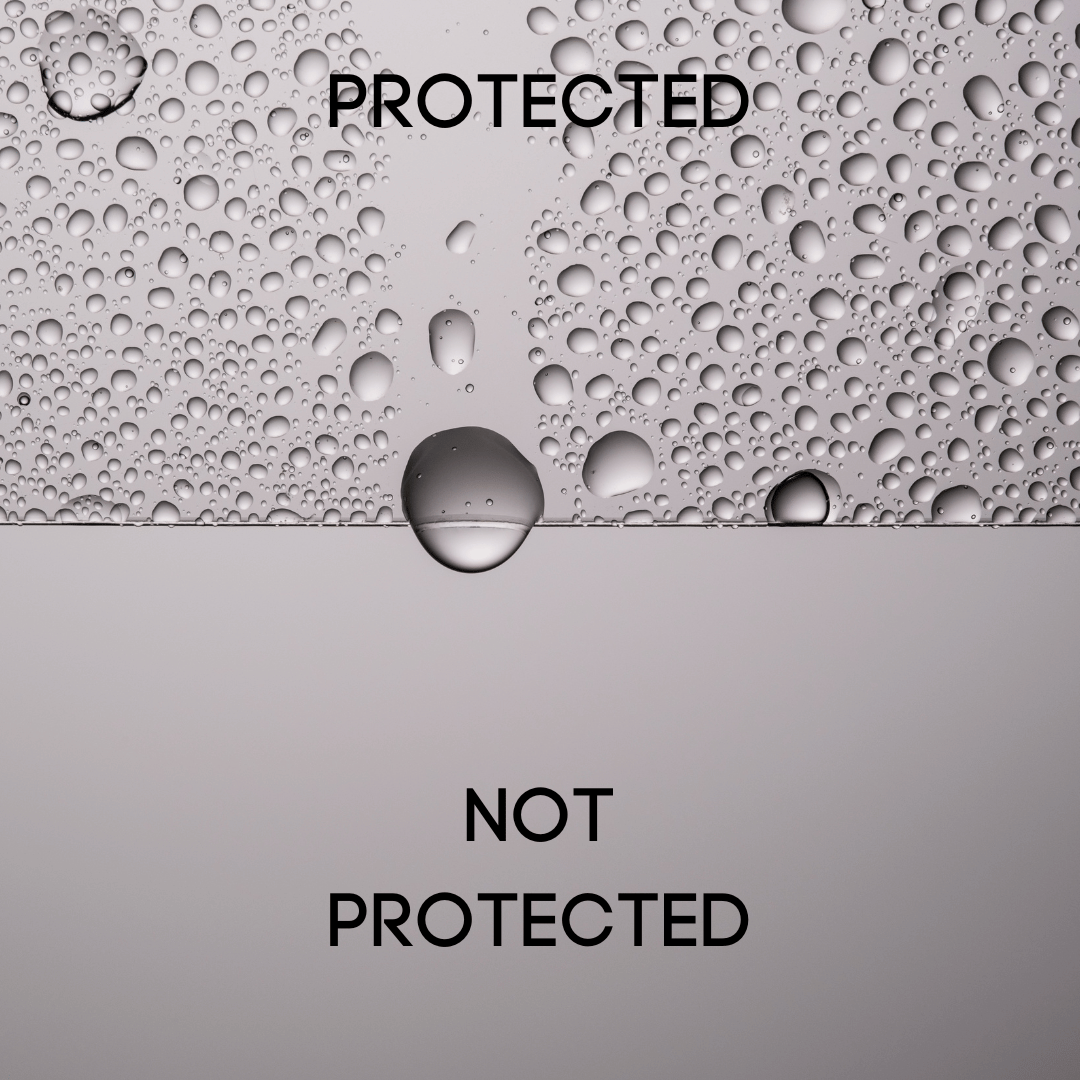Boating is a highly enjoyable activity for many individuals, offering both leisure and the opportunity to reach your favorite fishing spot effortlessly. Boats require maintenance and upkeep to keep them in good condition. One of the most important things you can do for your boat is to keep it Waxed/Protected. In this short writing, I wanted to discuss a couple of reasons why it is a good idea to keep your boat waxed (I will use the terms "waxed" and "protected" interchangeably.) See our explanation of the "Best Boat Wax" here. The surface of your boat has small pores regardless of whether it is paint, metal or gel coat. Without proper protection, these pores can accumulate and trap debris. That debris or the process of removing the debris can deteriorate the finish, making it harder and harder to clean. The object is to preserve or provide a better finish. It can be easier to preserve the finish than trying to clean it.
Easier to Clean? How?
Many protective coatings or waxes possess inherent self-cleaning properties. As an example of a self-cleaning property of wax, Imagine pouring a liquid substance on a wax candle. It would just run off. That would illustrate the self-cleaning property of a basic wax. Now imagine smearing that candle all over the hull of your boat, that same fluid would not stick to your boat. This example serves to illustrate the fundamental self-cleaning properties exhibited by wax. I acknowledge that the wax utilized in this particular instance is not suitable for application on a boat, and certain liquids can adhere to a candle. However, these variables and properties warrant a separate discussion in their own right.
Maintaining the surface.
As mentioned earlier, the surface of your boat contains tiny pores that can be sealed by applying a layer of wax or protectant. Image a plank of wood, wood is very porous. When water is poured on it, the wood gradually absorbs it into its surface. When you pour water on it, sprinkle some dirt as well. The dirt will be drawn into the pores as the water gets absorbed. Next, apply a generous layer of paint to cover a wood surface. If you pour water on the painted wood, it won't be absorbed and will instead dry on the paint's surface. When you pour water and sprinkle dirt, the water evaporates, leaving the dirt to settle on the painted surface. The analogy here is that the paint in this example demonstrates how a wax or protectant functions on the surface of your boat. Now, envision the challenge of removing the dried water and dirt mixture from exposed wood compared to painted wood surfaces. This is how wax or protectant helps maintain the integrity of the surface and prevent any potential damage/staining, making it easier to clean.
At SRD20, our motto is "It shouldn't be hard work." Our Graphene Spray Protectant is quite possibly one of the easiest "waxes" you could apply to your boat. Its protection properties cause small beading and sheeting of water, which provides a great self-cleaning effect. Our Pink Soap will not strip your wax or protectant, and our Waterless Wash and Wax is an outstanding formula that cleans and leaves a coat of protection that rivals most competitors' spray wax formulations.


